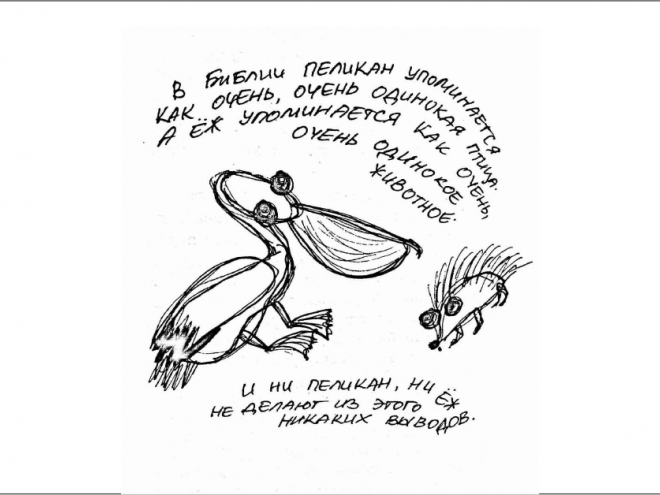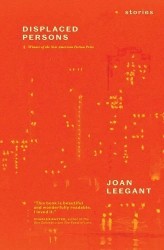In the perennially arid Middle East, bodies of water and easy access to them have always been essential and highly valued resources. This was especially true in ancient times when they did not have the technical know-how of today, which alleviates, although does not fully eliminate, the challenge. Cities needed safe and accessible sources of water in order to survive and thrive. The Gihon Spring was the water source for ancient Jerusalem but it was located outside the guarded boundaries of the city and was, therefore, neither convenient nor secure. Invading enemies were able to interfere with the supply and deny the residents this essential resource. Hezekiah, the king of Judea, needed to be creative and is credited for executing an engineering marvel, much admired even in modern times, which was well ahead of its time — a tunnel which brought this badly needed resource into the city limits and so providing sustenance and hope.
In this picture book recounting of the biblical tale, a young boy named Shimri, aware of the need for a secure water supply and observant of the natural world around him, has a bright idea. Although only a child, Shimri has always been taught that “big ideas can come from small mouths.” He cautiously approaches the king and presents his solution to the problem. Shimri has imagined the construction of a tunnel which can divert water from the spring and channel it into the Pool of Siloam inside the ancient city. Together, Shimri and Hezekiah refine and perfect the plan. Digging begins from both directions and a simple but ingenious method is used to ensure that the digging crews meet up precisely so the tunnel halves would properly join up, allowing the water to flow freely.
King Hezekiah is presented as open-minded and amenable to new ideas, and Shimri as imaginative and creative — both essential role-models for young readers of today. Together they save ancient Jerusalem, enabling it to develop into the vibrant religious, cultural, and residential center it is now.
Modern-day tourists flock to Hezekiah’s tunnel, and marvel at the brilliant plan which allowed the successful flow of water into the city. The idea may not really have originated in the mind of a young boy named Shimri, but the tunnel is still a testament to a king who had the foresight and imagination to make the idea, no matter its source, into a world-renowned reality.
Gently colored and very detailed art gives the reader a sense of being in Jerusalem during ancient times. This is an excellent introduction to a piece of biblical history and would be a particularly fine book for families to share while preparing for a trip to Israel.
Michal Hoschander Malen is the editor of Jewish Book Council’s young adult and children’s book reviews. A former librarian, she has lectured on topics relating to literacy, run book clubs, and loves to read aloud to her grandchildren.





